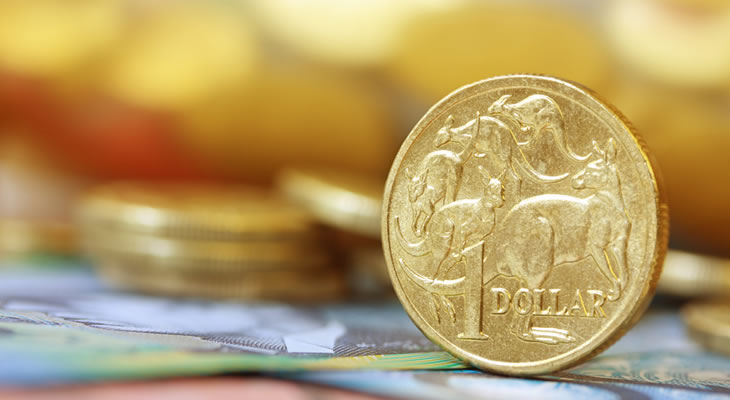GBP/AUD Exchange Rate Begins to Claw Back Losses After Tension-filled APEC
The Pound Sterling Australian Dollar (GBP/AUD) exchange rate began to rise this morning, attempting to claw back some of the extensive losses recorded lasts week, despite disappointing housing data released from the UK.
Rightmove’s latest housing figures revealed the largest drop in November house prices since 2012, with former hotspots suffering the worst.
The largest declines were in London and the South East of the UK, with prices falling 1.7% and 2.1% respectively.
Headlines regarding the US-China tension during the Asia-Pacific Economic Cooperation (APEC) meeting aided Sterling in making gains against the ‘Aussie’.
Brexit News Triggers GBP/AUD Exchange Rate Plummet
Pound Sterling (GBP) exchange rates came under pressure last week, as Brexit chaos caused the UK currency to drop dramatically against the major currencies.
The GBP/AUD exchange rate suffered significantly last week, as it fell from heights of AU$1.8058 to lows of AU$1.7488 before clawing back some losses over Sunday evening and Monday morning.
While the UK currency beginning to stabilise as May’s Cabinet has not been dented by any further resignations, there is still the ongoing threat of a vote of no-confidence.
If the forty-eight letters needed to trigger the vote of no-confidence are submitted to Sir Graham Brady, chairman of the 1922 Committee of Conservative MPs, it could result in Sterling having another volatile week.
GBP/AUD Exchange Rate Extends Slide Following Strong Employment Figures
The Australian Dollar (AUD) started the latter half of last week on a strong footing with the release of better-than-expected employment figures. The jobs data showed a surge in employment of 32,800 positions in October, up from 7,800 the previous month.
Further bolstering AUD was the fact that the unemployment rate remained steady and didn’t increase to 5.1% as predicted.
Both these figures and the volatility in Sterling caused the Australian Dollar to get to its highest levels in the last month on Thursday.
Meanwhile, the US and China clashed this weekend in Papua New Guinea during the Asia-Pacific Economic Cooperation (APEC) meeting, causing the ‘Aussie’ to drop against most major currencies despite the previous appearance that tensions between the two superpowers were thawing.
GBP/AUD Forecast: US-China Tension Possible Catalyst for Sterling to Make Gains on ‘Aussie’
This week the ‘Aussie’ could potentially plummet as a result of the continued tension between the US and China, giving the GBP/AUD exchange rate the chance to recover losses.
The possibility of a trade war between the USA and China seems increasingly likely as President Xi Jinping seems eager to improve trade relations with North Korea, telling President Moon Jae-in of South Korea he was considering accepting Kim Jong-un’s invitation for a visit.
This could cause further tension between China and the US, as North Korea are falling short of US demands when it comes to nuclear disarmament.
The Australian Dollar could also see movement tomorrow as the Reserve Bank of Australia (RBA) is releasing meeting minutes and Philip Lowe, head of the RBA, is giving a speech in Melbourne. If the tone is positive the ‘Aussie’ could push back against GBP gains made today.
Sterling’s fate for this week seems to lie in the hands of Theresa May, and whether or not she can secure her leadership if the call for a vote of no-confidence materialises.


Comments are closed.